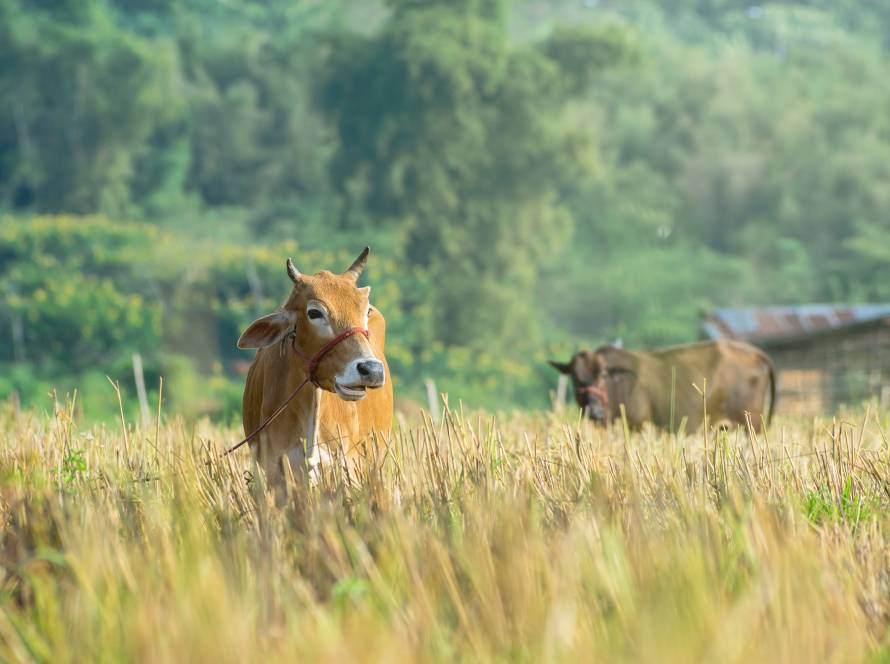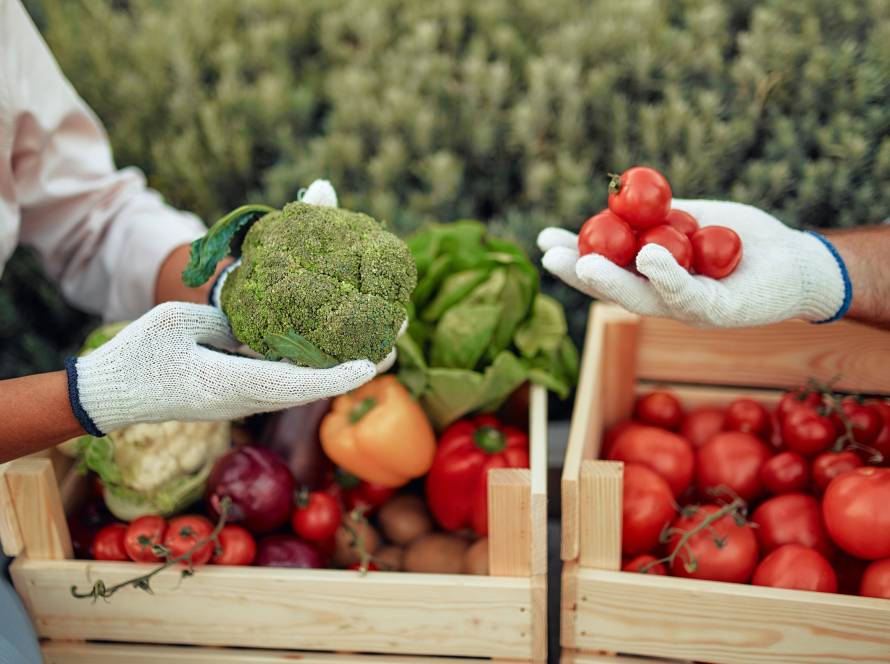We live in an era where villages grow silent and the story of the soil risks being forgotten. Yet, for thousands of years, these lands were shaped by the labor of hands and passed down through oral traditions from generation to generation. The knowledge of plants held by our grandfathers and the intuitive farming methods of our grandmothers were once the most precious treasures of wisdom. However, today’s youth are increasingly disconnected from this deep-rooted knowledge. This is precisely why the future of agriculture must begin anew in the classroom.
Agricultural Education Should Go Beyond Technical Knowledge
Traditional agricultural wisdom is not just about farming techniques. It encompasses a profound philosophy of life: reading the seasons, listening to the soil, aligning with nature’s rhythm, recognizing local seeds, and producing in harmony with the environment. This knowledge isn’t learned from books or screens but through the master-apprentice relationship, hands-on experience, and direct connection with the earth. Yet, this valuable heritage struggles to find a place in modern education curricula.
Can Traditional Wisdom and Technology Go Hand in Hand?
Today’s education prioritizes technology and data-driven skills. However, agricultural education must not be limited to technical know-how. The continuity of agricultural culture depends on traditional wisdom walking hand in hand with modern education. Neither artificial intelligence nor sensor technologies can fully replace the intuition of a farmer who understands the rhythm of the soil. The real challenge lies in building bridges to unite these two worlds.
Education Models Should Be Strengthened with Hands-On Experience
Building this bridge starts with educational institutions redesigning traditional agriculture courses, moving beyond rote memorization to hands-on learning experiences. Young people should learn not only in greenhouse settings but also in real fields, working alongside local farmers to experience the production cycle firsthand. Agricultural high schools, faculties of agriculture, and vocational training programs should foster collaborative projects with local producers and hands-on workshops with heirloom seeds. Hands that touch the soil learn far more than written knowledge alone can provide.
Introducing Youth to the New Face of Production
At the same time, the possibilities brought by technology and innovation can reignite young people’s interest in agriculture. Monitoring soil moisture with sensors, mapping fields with drones, or planning production with AI support can help younger generations see farming through a new lens. However, we must remember that technology is merely a tool; what makes knowledge meaningful is the human connection to nature.
The Future of Agriculture Lies in the Convergence of Experience and Innovation
The future of agriculture depends on young people rediscovering this connection. To make this happen, educators, local producers, and technology experts must come together. The value of traditional wisdom must be made visible again by integrating it with modern tools. Every young person should be able to carry both the heritage of the soil and the technologies of the future.
The Future Lies in the Hands That Touch the Soil
Let us not forget: a society cannot build its future without knowing its land. Agricultural culture thrives as one generation’s experience is passed to the next. This is why the future of agriculture begins in the classroom but finds its true meaning in the heart of life. The real transformation starts at the point where young people connect both with the stories of wise farmers and the lines of code.





